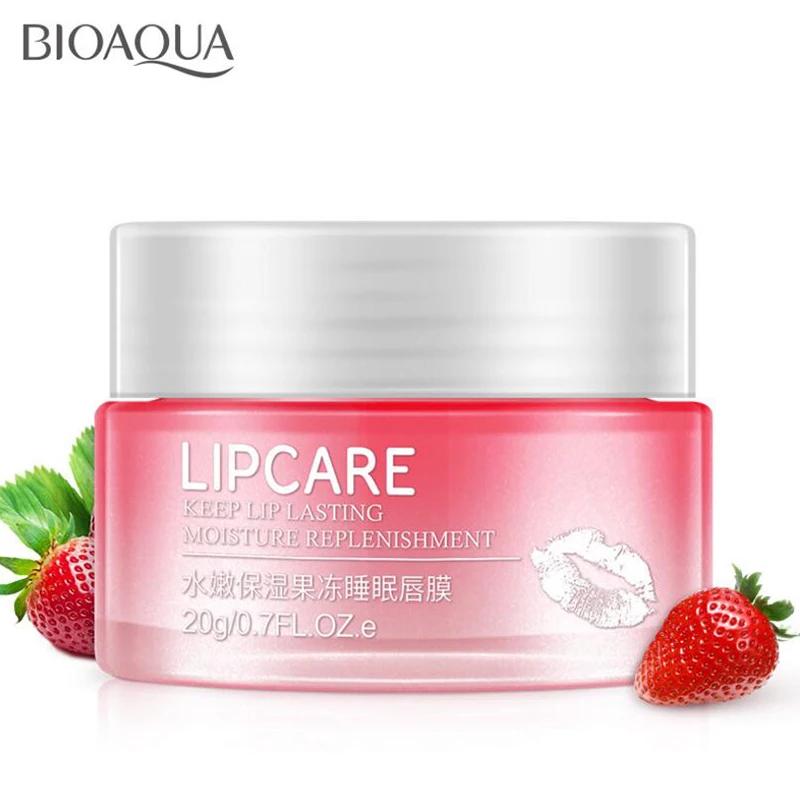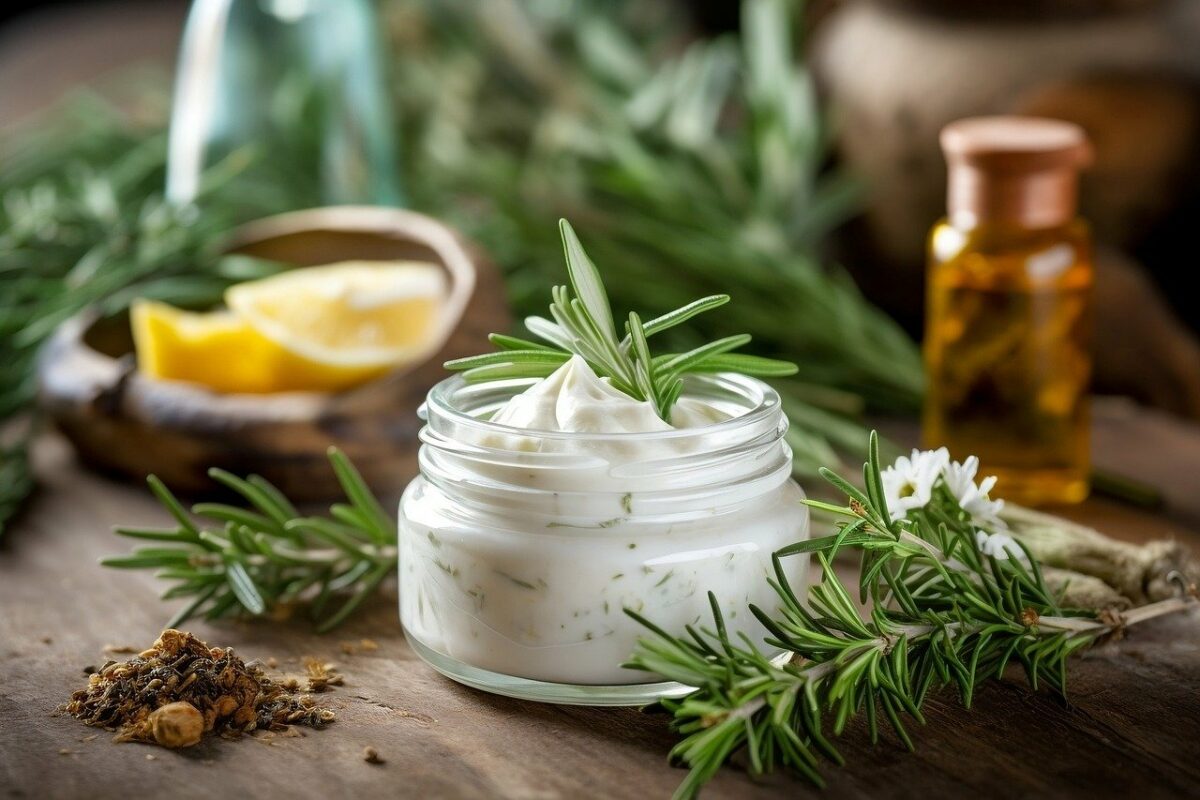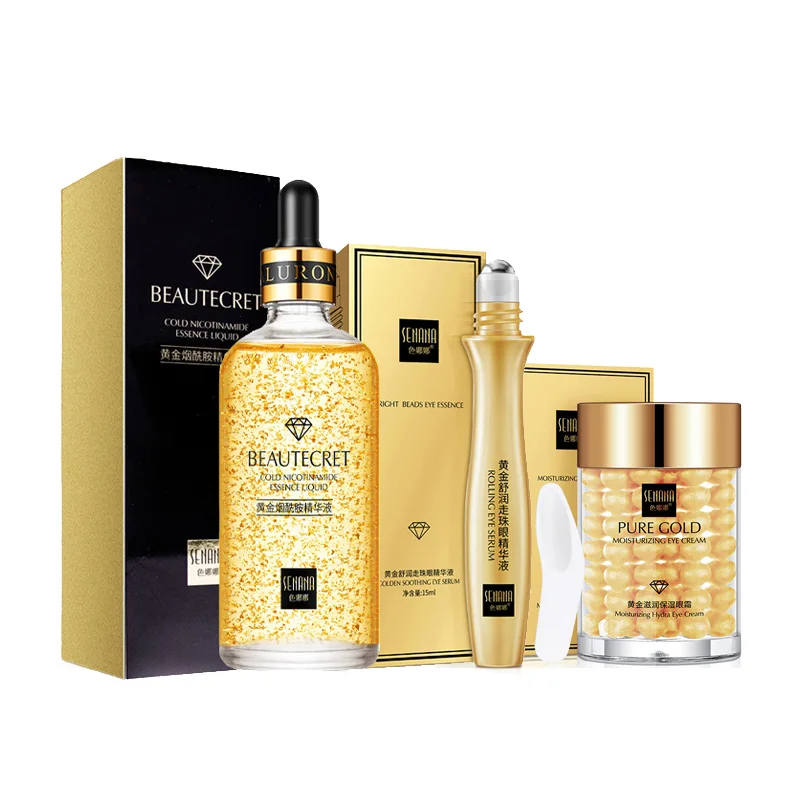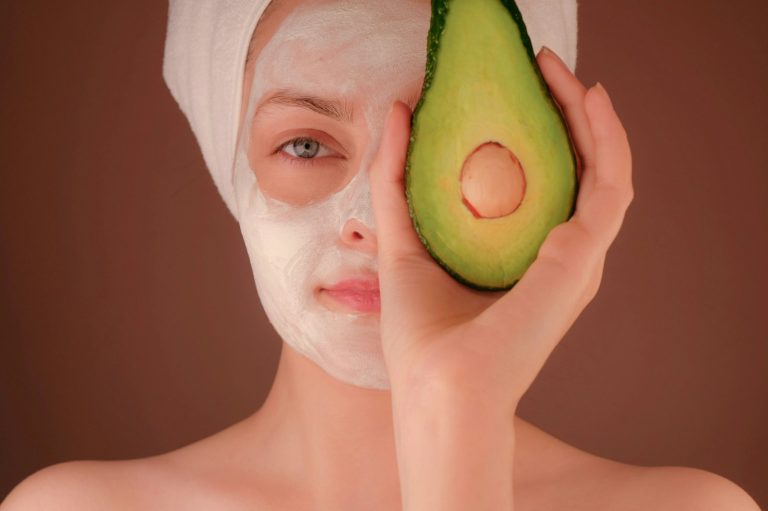
A Comprehensive Guide to Anti-aging Serums and Creams
In the quest for eternal youth, humans have sought various elixirs, remedies, and treatments throughout history. While the mythical fountain of youth remains elusive, modern science has brought us closer to achieving youthful skin with the advent of anti-aging serums and creams. These skincare products promise to diminish wrinkles, fine lines, and other signs of aging, offering a glimmer of hope to those longing for a more youthful appearance. However, navigating the vast array of anti-aging products can be overwhelming, leaving consumers perplexed about which ones truly deliver results. In this comprehensive guide, we delve into the world of anti-aging serums and creams, exploring their ingredients, effectiveness, and the science behind their claims.


Understanding the Ingredients:
- Retinoids: Derived from vitamin A, retinoids stimulate collagen production, reduce wrinkles, and improve skin texture.
- Peptides: These amino acid compounds promote collagen synthesis, helping to firm and tighten the skin.
- Hyaluronic Acid: Known for its hydrating properties, hyaluronic acid plumps the skin, reducing the appearance of fine lines and wrinkles.
- Antioxidants: Ingredients like vitamin C and E neutralize free radicals, protecting the skin from environmental damage and premature aging.
- Alpha Hydroxy Acids (AHAs) and Beta Hydroxy Acids (BHAs): These exfoliating agents slough off dead skin cells, revealing a smoother, more radiant complexion.
Efficacy of Anti-aging Serums and Creams:
- Clinical Studies: Many anti-aging products undergo rigorous testing to assess their efficacy in reducing wrinkles, improving skin texture, and enhancing overall appearance.
- User Reviews: Real-life testimonials provide insights into the effectiveness of anti-aging serums and creams, offering valuable feedback for prospective buyers.
- Personalized Skincare: The effectiveness of anti-aging products may vary depending on individual skin types, concerns, and lifestyle factors.
- Intrinsic Aging: This natural process is influenced by genetics and involves the gradual decline of collagen and elastin production, leading to the formation of wrinkles and sagging skin.
- Extrinsic Aging: Environmental factors such as UV radiation, pollution, and lifestyle habits like


The Science Behind Aging:
- Extrinsic Aging: Environmental factors such as UV radiation, pollution, and lifestyle habits like smoking can accelerate the aging process, causing premature wrinkles and skin damage.
- Cellular Mechanisms: Aging is intricately linked to cellular processes such as oxidative stress, inflammation, and DNA damage, which can affect skin health and appearance.


“Finding the Ultimate Skincare Guide Routines for Different Skins has been a revelation. It’s simplified my routine and improved my skin’s health. I highly recommend it for any guy looking to step up his skincare game.”
Anti-aging serums and creams represent a promising solution for addressing the visible signs of aging and maintaining youthful skin. By understanding the key ingredients, efficacy factors, and underlying science, consumers can make informed choices when selecting skincare products. While anti-aging treatments cannot turn back the hands of time entirely,
they can certainly help to rejuvenate and enhance the skin’s appearance. Ultimately, achieving ageless beauty is not just about outward appearances but also embracing self-care practices that promote overall health and well-being. With the right combination of skincare products, lifestyle choices, and a positive mindset, the journey to youthful skin becomes an attainable reality for all.


